The other day, my son came home from primary school with his achievements. When he does well, the teacher gives him a smiley and if he has done really well (some kind of over-achievement), he gets a smiley with a crown. He showed me a collection of exercises for which he had received smileys and crowns and rapidly moved over the exercises where he had made mistakes. As we looked at his efforts for the month, I noticed that he makes mistakes on the same types of exercises.
One thing led to another and I felt that it was time for a father / son conversation on learning preferences. My perception is that the teacher offers exercises that are more suited to sequential auditory people whilst he seems to me to be more spatial and visual. I wanted to explain to him the difference the two thinking preferences so that he is aware of his preferred style. The big question was: how do I explain that to a 5 year old?
I turned to Lego Serious Play and built a model in which I explained his mental organization and that of his teacher. I added a few other elements I considered relevant. Actually, the most difficult part was borrowing some of the little construction workers from him!
I then explained my model to him. He didn’t seem to pay much attention and just nodded as I talked. At the end, I started asking him questions:
“Which little man do you think corresponds to how you feel?”
He pointed to a little red hat hesitantly. I was intrigued by his body language.
“That one? Do you mean that’s how you feel or that’s how you’d like to be?”
He smiled with his tongue sticking out to the side; he does that when something connects inside his brain.
“- I’d like to be like that, but I’m more like that.
– Like the man with the miner’s hat?
– Yes!”
We didn’t manage to go much further. A few hours later, he explained to his mother that when somebody mentioned the word apple, in our heads, it could be red, green or lead to apple puree… or a banana. If this doesn’t make much sense to you, just take it as my part of the model on divergent thinking.
This morning, ten days later, I told him that I had been to a conference where there many people just like the little men with the miner hat. He immediately went to get the model that was still built (apart from all the construction men that he had taken away again!) and pointed to one part of it: “Yes, and this is a sequence: step one, two, three and four.” He looked very proud of himself.
I’m not sure whether that conversation will help my son or not in his daily dwellings with school, what I am sure of is that using Lego bricks to build a metaphor allowed me to explain simply something complex in a form that he can remember. I also believe it worked well because he is visual, so I am not sure this is a one size fits all solution as it may not work so well with different thinking preferences. I feel this is an avenue I need to explore further.


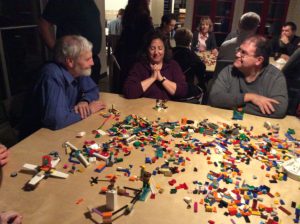
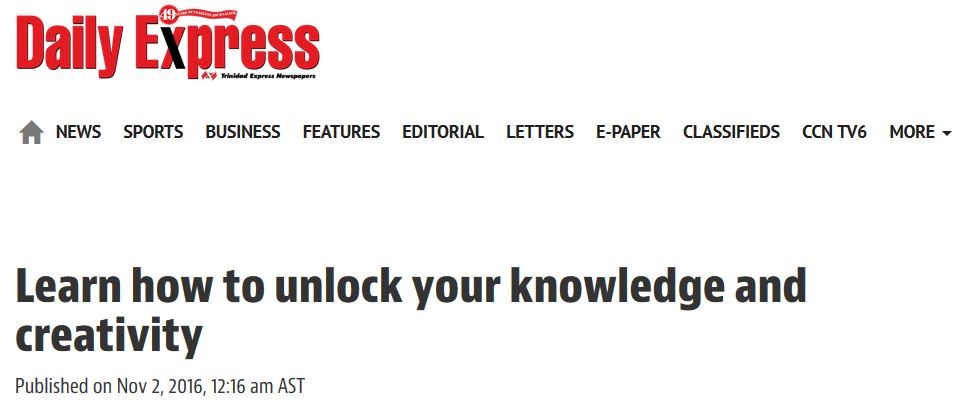
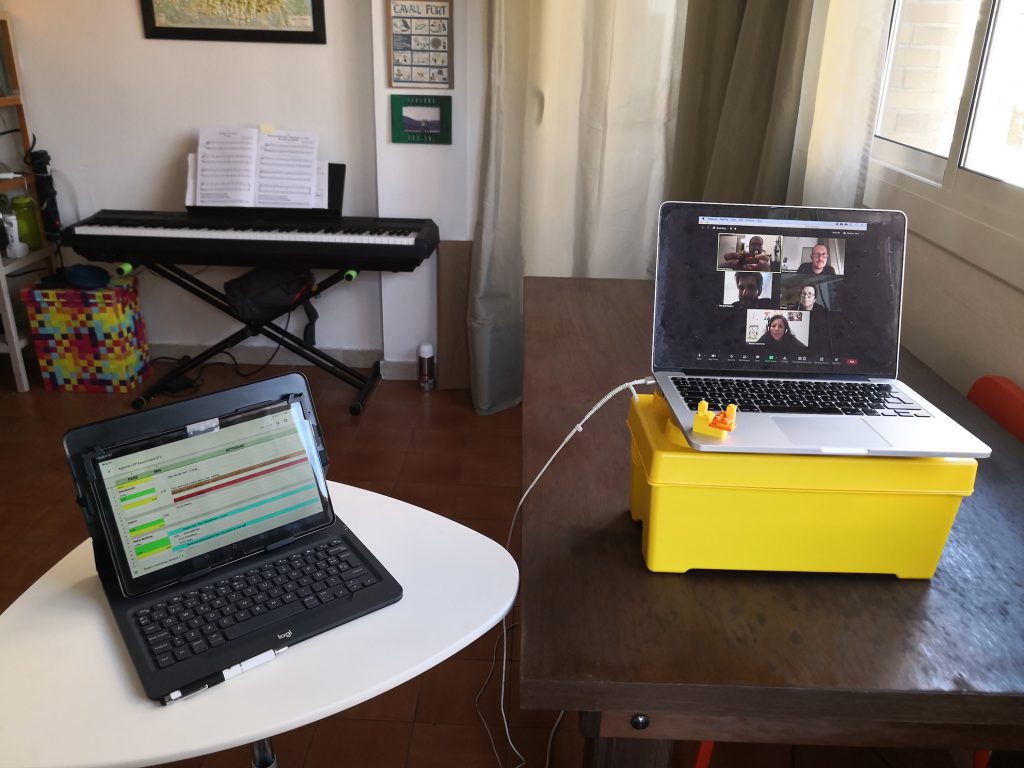
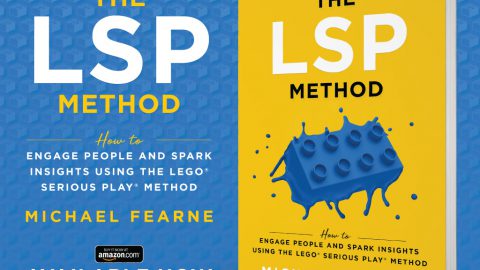
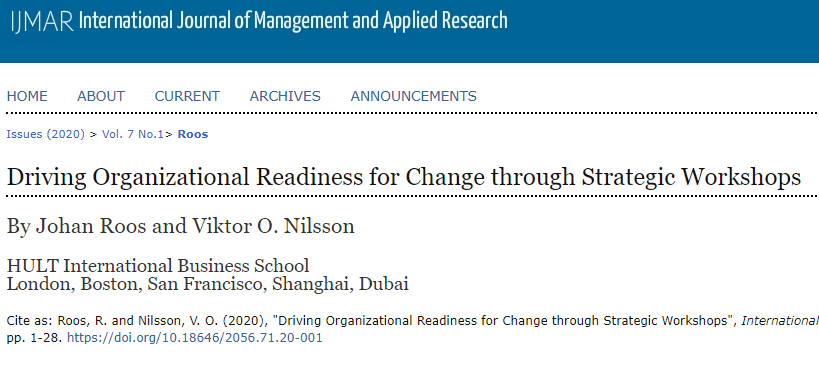
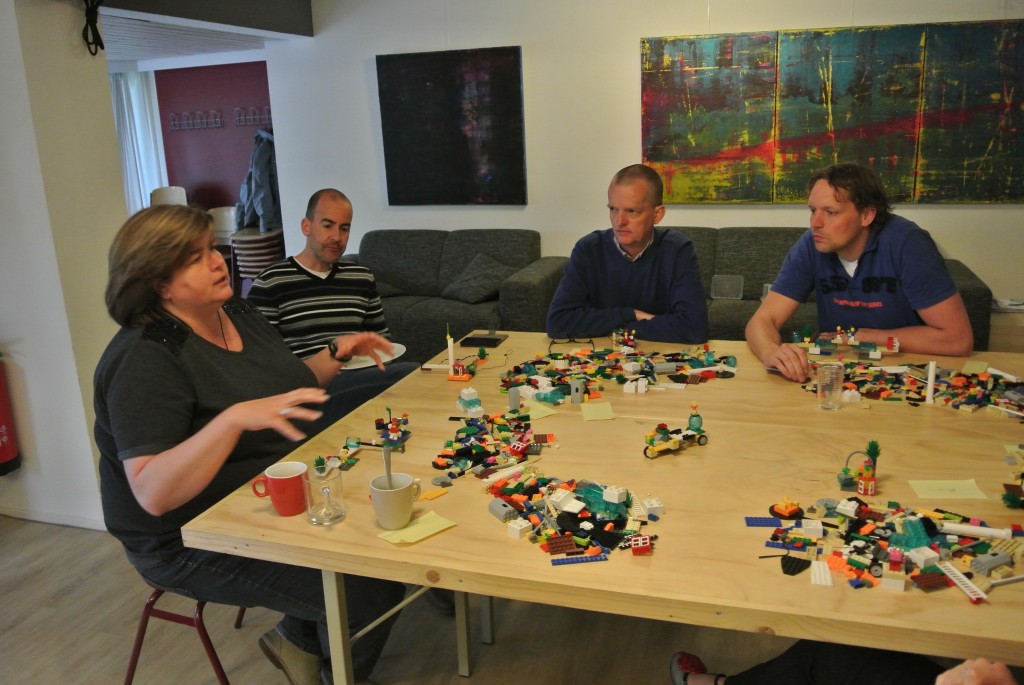


 Become a LEGO Serious Play facilitator - check one of the upcoming training events!
Become a LEGO Serious Play facilitator - check one of the upcoming training events!
As a freshly minted LEGO Serious Play Facilitator, I had not yet considered using the method to build metaphors for everyday family life situations as you have done. What a great way to “practice” our craft while tricking our kids into thinking we know something!